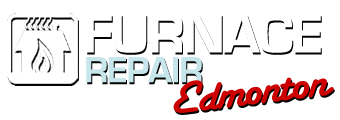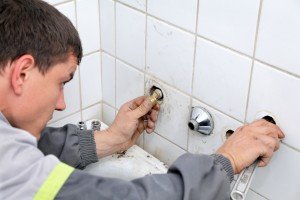Tackle Plumbing Leaks by Following These Simple Steps
For the most part your plumbing system is a very efficient unit. While problems do arise from time to time, for the most part we can count on water being delivered to us when we need it and going away when we don’t. That being said when issues do arise, the most common being plumbing leaks in the pipes. Your best bet is to bring in a reputable plumbing professional but if the leaks are basic and you’ve got a good grasp on plumbing supplies you can tackle the task by following these common steps.
It’s always good to inspect for plumbing leaks on a regular basis, especially if you notice changes in water delivery or awkward sounds coming from your walls. By using your plumbing supplies and new found pipe knowledge you can tackle problems while they’re just nuisances and not yet catastrophes.
Know Your Joints
Knowing how to fix common leaks using your own plumbing tools starts off with understanding the different types of joints you’re dealing with. The joints are the various connections along your piping route that often have a tendency to go bad and result in leaks. The weird thing about pipe joints is that they can meet up with both like and unlike materials.
One of the most common is an IPS joint, which stands for iron pipe size. Brass is another common material used in joints of a water distribution system. As long as the pipe isn’t oxidized, rusted out, or damaged you can usually seal up this type of joint very efficiently.
Get Accustomed to Teflon
When pipes aren’t too far gone, they can be simply removed and have the joint sealed back up by re-applying Teflon tape. The non-sticky sealing teflon tape is perfect for filling in the grooves on a threaded pipe. Take the tape and wrap it clockwise around the joint 3 times. On top of the Teflon tape you can also use a substance called pipe dope that serves as a sort of locking glue that also seals the joint.
Fixing Compression Joints
On top of the IPS joint is something known as a compression joint. Instead of screwing together the compression joint works with a coupling that holds two sections of pipe together with something called a nut and ferrule system. When the nut and ferrule is tightened, the ferrule crushes the two pieces of pipe together to effectively create one piece of pipe. Many times when a compression joint pipe starts leaking, it’s the result of a bad ferrule / nut connection. Once a ferrule is applied it’s on the pipe forever so when the hookup goes bad, the piece of pipe must be removed and replaced with a cutting torch.
Soldered Joints Going Bad
The third most common type of joint that you may have to use your plumbing supplies on is the soldered joint. Soldered joints go bad either because they were put together poorly in the first place or have just become corroded with age. Soldered joints are put together on an angle and when, for instance a 90° bend that goes bad requires the entire angle to be cut out and replaced. The bad thing about a soldered angle needing to be replaced is the fact that they need to be re-soldered in two places, opening up two possible spots for leaking in the future. Because of this the importance of effective soldering is really magnified.
First Things First: Do You Have Leaks?
Perhaps the cart is a little ahead of the horse in finding out how to fix the three different types of joints, after all you want to first be certain that you’re having leaks. Obviously exposed pipes that are wet or dripping are a pretty dead giveaway that your plumbing has issues. Unfortunately though many homeowners will find out that plumbing leaks aren’t always located in the most convenient places and instead behind walls or in drop ceiling tiles. To figure out if you first have a leak check your water meter bill for the month and if it exceeds 12,000 gallons in one time period there’s probably a loose connection somewhere.
To find out if you have a water leak almost instantly, go out to your meter and write down the number of gallons. Then try and keep everyone in your family from using any water for two hours and see if the number has changed – if so there’s probably a leak. One’s you’ve assessed that your home does have a leak, you need to try and trace it. Feel around the drywall and floor all over your house to find areas of sponginess, mold, or obvious moisture. Once you’ve pinpointed a location you’ll need to cut away the drywall and make the repairs based on what type of pipes and joints are in the walls.
A DIY Plumbers Best Skill: Soldering
Many individuals are instantly intimidated by the thought of soldering and repairing pipes, if anything because the skill reminds them too much of arc welding. While the process is similar, soldering is much easier to accomplish but still takes some practice to get the skill down. You can buy a soldering kit relatively inexpensive and Edmonton plumbing supplies stores will often have scrap pipe you can practice on to perfect your skills before they’re needed. Successfully learning how to use a cutting torch and soldering iron to remove and replace leaky pipes can save you thousands of dollars in the long run on both plumbing service calls and damage to your home’s property.
Plumbing leaks in your home can be a nuisance and if not taken care of can be very costly and damaging. Luckily with a little practice and regular investigation of your home you can use some simple plumbing supplies to quickly eradicate the problem area.


